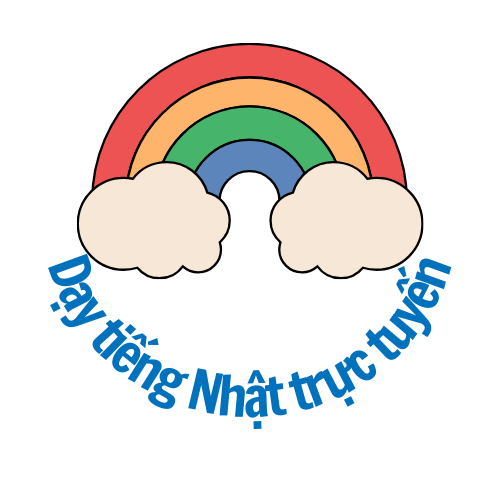American motorcycle culture embodies an intricate blend of nonconformity and brotherhood, stemming from mid-20th century transformations. Evolving from wartime machinery to cultural icons, steel horses transformed into vehicles of personal freedom, bearing both countercultural ideals alongside corporate commodification[5][10][17].
## Roots of Rebellion https://usabikers.net/
### From Soldiers to Bikers
The modern biker identity emerged following the psychological aftermath of global warfare. Military personnel familiar with the brotherhood of combat pursued new fraternal organizations, resulting in proto-biker associations such as the Boozefighters and Pissed Off Bastards of Bloomington[5][13][17]. Post-war mechanical steeds, having proven their worth, evolved from tactical vehicles to identity markers, cultivating century-spanning consumer devotion[5][11].
The pivotal 1947 Hollister incident propelled biker gangs onto front pages, as a massive gathering overwhelmed the small California town, culminating with property damage and arrests. This episode cemented the antisocial motorcyclist image in popular imagination, notwithstanding most participants being organized racing enthusiasts[10][13][17].
## Major Motorcycle Organizations
### Rebels and Regulators
Established in 1924 initially served as the regulatory authority over competitive racing and touring events. However, the association’s discriminatory membership rules—maintaining whites-only membership for thirty years—ignited the emergence of parallel organizations which opposed traditional hierarchies[11][13].
The “Big Four” motorcycle gangs evolved into central figures within this alternative landscape:
1. Hells Angels Motorcycle Club[2][3][10]
2. Outlaws MC[3][10][13]
3. 1959 Maryland origins[8][10]
4. Texas-born international network[3][10]
These groups operate through formalized leadership roles including clearly defined officer positions, while clubhouses often serving as security-enhanced meeting spaces[10][13]. Despite public perceptions of criminality, many chapters participate actively in charitable initiatives like fundraising for social causes[8][10][15].
## Societal Influence and Transformation
### Media Portrayals and Style Trends
The motorcycle rider image infuses US media landscapes, ranging from Marlon Brando’s iconic 1953 performance to contemporary streaming series. Such widespread influence manifests in:
– Fashion trends: Leather jackets, bandanas, and riding boots commercialized by brands like Biker Life USA and Bikers Lifestyle[4][12]
– Musical influences: From punk rock to heavy metal adopting motorcycle-inspired visuals
– Literary works: Journalistic exposes and fictionalized accounts[1][6]
Recent sociological analyses highlight the inherent contradiction of modern biker culture: both rejecting mainstream values yet remaining deeply corporatized via brand partnerships like Harley-Davidson’s apparel lines[1][7][12].
## Contemporary Landscape and Challenges
### Current Trends and Future Directions
The motorcycle event calendar continues as fundamental to US motorcycling tradition, featuring 2025’s major rallies including:
– The 84th annual coastal gathering[7][15]
– Sturgis Motorcycle Rally (South Dakota)[7][15]
– Southwestern desert meetup[7]
Developing phenomena reconfigure the community:
– Growing women’s involvement via organizations such as [2][8]
– Digital adaptation through GPS-guided rides and social media communities[7][15]
– Eco-friendly initiatives promoting sustainable riding practices[15][17]
Regulatory controversies persist, especially concerning:
– Outlaw club violence versus policing approaches[10][13][17]
– Responsible sponsorship models despite gambling industry ties[8][17]
– Commercial exploitation issues about biker imagery in mainstream fashion[4][12]
## Conclusion
US motorcycle society stands at a historical crossroads, balancing its nonconformist roots against 21st-century commercialization. While contemporary riders embrace electric motorcycles and digital communities, the fundamental spirit regarding liberty and camaraderie endures—now expressed through inclusive memberships and progressive values. The road ahead will likely see greater legal oversight and continued cultural relevance, ensuring motorcycling’s enduring place in America’s social fabric[5][10][17].

BÀI VIẾT MỚI NHẤT
Khải San Food – Điểm đến lý tưởng dành cho từng bữa ăn hàng ngày – Khải San Food
Khám phá Khải San Food – Nơi mua sắm tuyệt vời cho mọi bữa ăn! ...
Menikmati Hiburan dan Rekreasi Melalui Fantasy kebun Sports dan Entertainment
Dalam beberapa tahun terakhir, dunia online sports berkembang pesat sebagai bentuk hiburan modern di era ...
dyn238 Leading Supercharge Your Steps
Ascentiz wbm Oh hello, professional sloth in human form, the one who hasn’t seen their own ...
Top công ty bán xe nâng uy tín, lâu năm nhất tại Việt Nam
Dưới đây là danh sách các công ty – đại lý bán xe nâng lớn, ...